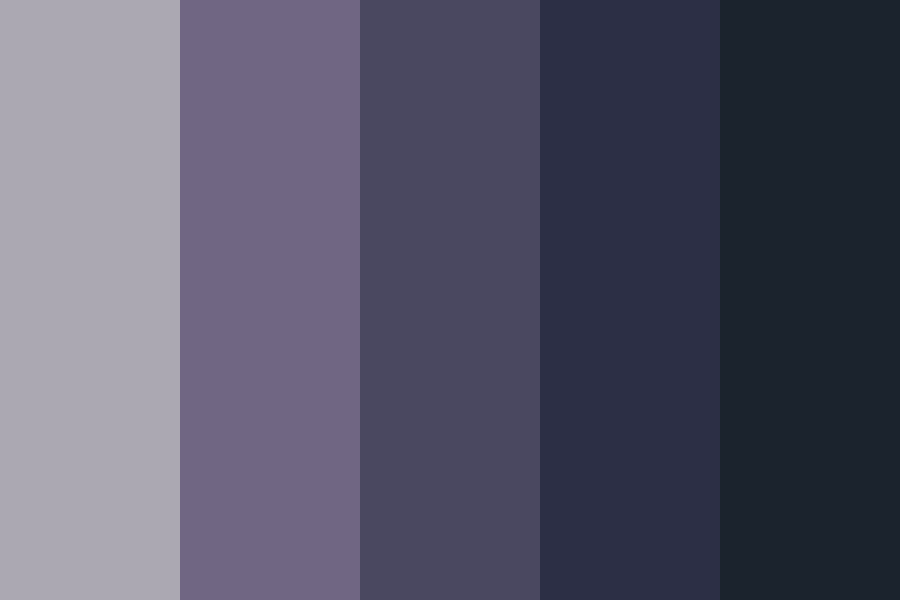
This also reduces 16-bit images to 8-bits (based on the current Brightness and Contrast values) then generates a 24-bit RGB image.

This can prevent a ‘washed out’ look to the fluorescence. This instruction lets you than choose the C4 (gray) option. Merging transmitted light and fluorescence imagesįluorescence and transmitted light brightfield images can be merged with the Image › Color › Merge Channels….

If the "Pre-sub 2 from 1" option is checked the second image is subtracted from the first prior to merging. The "Difference" option performs a "difference" arithmetic operation rather than an "addition". uses the LUT that the image currently has (this is often the desired LUT). Select the desired colors from the drop-down options. Run the plugin and select the two images to be merged. You can perform a true merge if you turn off the “Difference” option. This is not strictly a merge (when cyan and magenta merge they produce white, not yellow) but facilitates visualization of the separate channels (See Demandolx and Davoust, J. The Colour_merge plugin gives the user the option of using the ‘difference’ arithmetic processing on the image stacks you select. This can aid visualization of colocalization due to our poor perception of red and green colors. This reduces 16-bit images to 8-bits (based on the current Brightness and Contrast values) then generates a 24-bit RGB image.Īn alternative to the normal Red-Green merge is to merge the images based on Cyan and Magenta, or Cyan-Yellow or any other color combination. The native Fiji function Image › Color › Merge Channels… can be used to merge red, green and/or blue channel images or Image Stacks The two stacks can then be merged via: Image › Color › RGB merge. You can also choose to check a box for whether or not the source stacks should be kept. This can be done with Image › Stacks › Tools › Deinterleave and entering the number of channels in the dialog (typically “2”). The stack needs to be “De-interleaved” before it can be RGB-merged. Slice 1 is Timepoint1-channel1 and Slice 2 is Timepoint1-channel2. Multi-channel experiments acquired on some systems are imported with the different channels interleaved, i.e. Merging multi-channel images Interleaved multi-channel experiments To convert it back to a composite you can use the menu command Image › Color › Make Composite. Sometime the composite can revert to a multi-slice stack.

The disadvantage of the Composite image type is that this relatively recent Fiji development is not supported by all existing plugins.
#GET ALL COLOR PALETTE FROM IMAGE SOFTWARE#
Native functions can be found in Image › Color.Ī color composite image is similar to the color images one would find in the image processing software Photoshop. the green in an RGB image reflects green color in the specimen). The colors are designed to reflect genuine colors (i.e. The colors in RGB images (24-bit with 8-bits for each of the red, green and blue channels) are used to show multi-channel images. Differences in color in the pseudo-colored image reflect differences in intensity of the object rather than differences in color of the specimen that has been imaged. Instead of displaying grey, the image displays a pixel with a defined amount of each color. This is a table of grey values (zero to 256 or 4095 whether 8-bit or 12-bit grey) with accompanying red, green and blue values. grey) image that has color ascribed to it via a “Look Up Table” or LUT (a.k.a.

Pseudo-colorĪ pseudo-colored image has a single channel, (i.e. Images with color come in three different forms: pseudo-color, 24-bit RGB image, or color composite image.


 0 kommentar(er)
0 kommentar(er)
